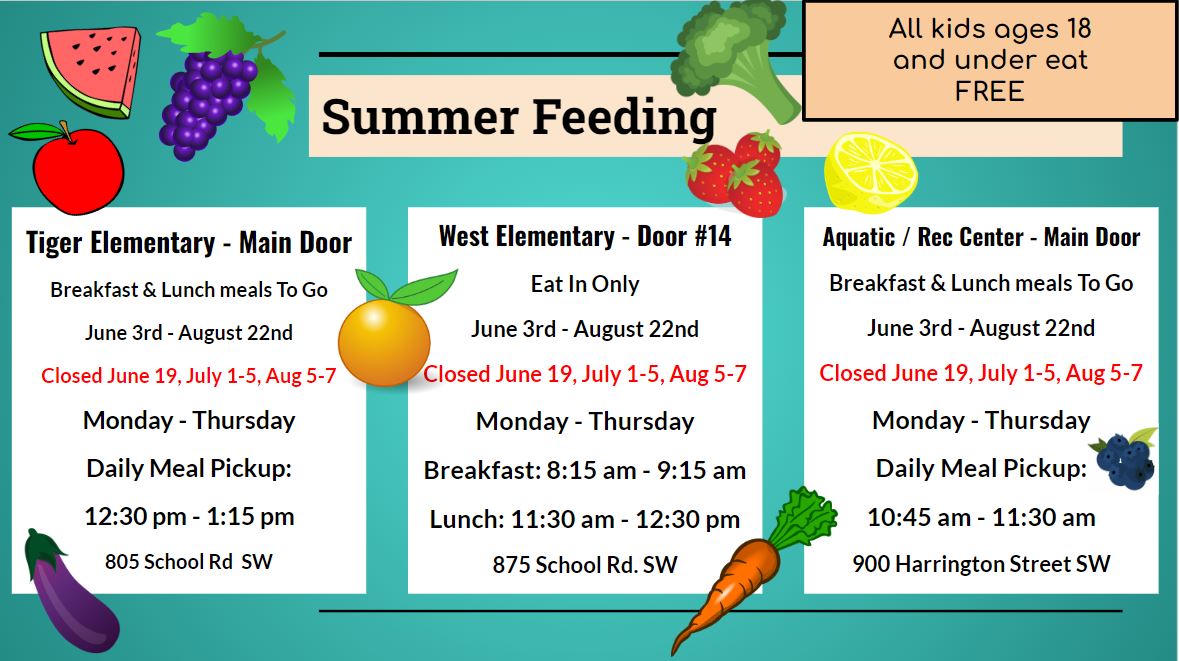Tutors: The District does not endorse or recommend specific tutors; however, a list of people providing tutoring services is available. Tutor Continue Reading Tutors


Tutors: The District does not endorse or recommend specific tutors; however, a list of people providing tutoring services is available. Tutor Continue Reading Tutors

by Hutch Tiger
Check out these full trays and happy faces! The Food Service Department loves cooking celebratory meals for our students and the students love Continue Reading Happy Holiday Meal!

Teachers Rule! Our students really appreciate all that you do! Continue Reading Thank you, Teachers!

Kids Eat Free! Eat in or meals to go. Meals to go at Tiger Elementary, West Elementary and the Aquatic/Rec Center in Hutchinson Continue Reading Summer Feeding

By Dan Olberg, Principal, Park Elementary My paper route began the minute school was out. I was a 4th grade student with a 10 speed bike. Not like Continue Reading Farewell and Thank You Hutchinson Leader

The 2024-2025 Academic Calendar is now available! Revised 2/12/24*No School for Students December 20, 2024 and April 17, 2025 (K-12 Professional Continue Reading 2024-2025 Academic Calendar